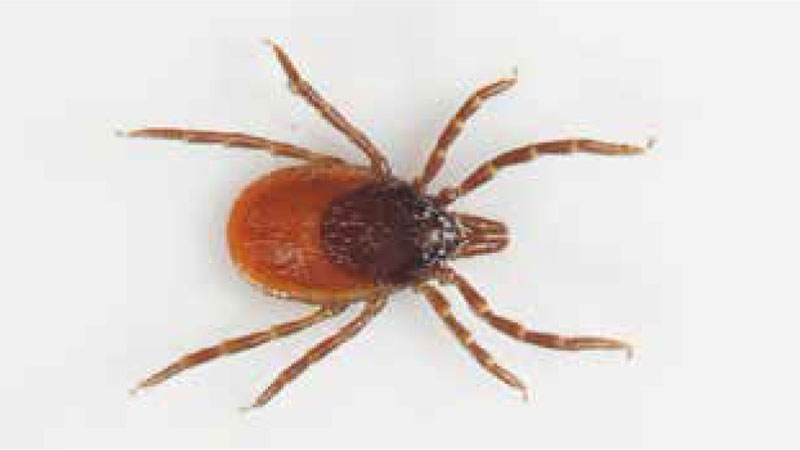Ticks and tick-borne pathogens of cats in the UK
Ticks parasitising cats are widely distributed throughout the UK, and awareness of the risk presented by ticks and the pathogens they may transmit is of importance. Higher tick numbers and year-round biting activity could pose a significantly increased threat to cats and their owners. The most frequently recorded tick on cats is Ixodes ricinus, but the hedgehog tick Ixodes hexagonus is also common particularly for cats in urban areas and is considerably more prevalent on cats than on dogs. Ticks transmit a wide range of pathogens to cats, although usually with relatively low prevalence in the UK. However, of note is that, in a recent study of the pathogens present in ticks feeding on cats, Babesia vulpes was detected in I. hexagonus and B. venatorum was detected in I. ricinus; both are agents of potentially fatal diseases and in the latter case the pathogen is zoonotic. Tick control is therefore important in cats, not only for the health of parasitised individuals, but also to prevent cats acting as transport hosts for ticks carrying a wide range of pathogens of both veterinary and zoonotic significance.
Ian Wright - Co-owner of the Mount Veterinary Practice, independent Parasitologist and head of ESCCAP UK & Ireland, 1 Harris St, Fleetwood FY7 6QX
Saran EF Davies - School of Biological Sciences, University of Bristol, Bristol BS8 1TQ
Richard Wall - School of Biological Sciences, University of Bristol, Bristol BS8 1TQ
